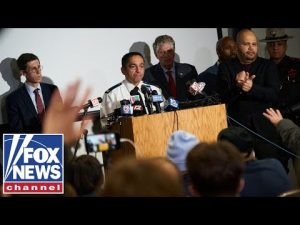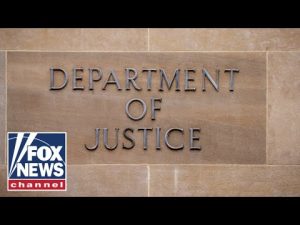In a whirlwind of controversy and chaos, the New York Police Department made headlines this week by arresting close to 80 individuals tied to pro-Hamas protests at Columbia University. This saga unfolded during finals week, a time notorious for student stress, when a group decided to take over a library, disrupting the academic sanctuary that students desperately needed. This takeover was labeled as a calculated move to add to the chaos within the academic environment, showing a blatant disregard for the students’ educational pursuits. It is a reminder that campus unrest is becoming more prevalent, resembling a replay of past incidents we thought were long behind us.
The NYPD’s decisive action comes as a clear message that there are consequences for such disruptive and potentially harmful behavior. Mayor Eric Adams, noting the importance of ensuring a safe educational environment, helped usher in the arrests and hinted that these protesters would face justice for their actions. After all, finals week should be about cramming for exams rather than dodging protesters. One wonders what sort of mind could think that invading a library during a time when students are preparing for their futures is a sound tactic.
The backdrop of these events sheds light on a broader issue facing New Yorkers: the city’s struggle with crime and the handling of the increasing immigrant population. Mayor Adams discussed the challenges of managing an influx of migrants that has strained resources and safety in city neighborhoods. This situation is compounded by the ever-present threat of gang violence that has begun to rear its ugly head in tourist areas, posing dangers to both locals and visitors alike. With high-profile incidents frequently making headlines, one can’t help but feel that New York City is in a precarious balance between maintaining order and the chaos that has often defined urban life.
In response to the migrant situation, the mayor has instituted various strategies that include relocating individuals from certain areas to lessen the load on single neighborhoods. The overarching goal is to ensure that no community feels overwhelmed or unsafe. Yet, with every initiated policy, the feeling persists that there are larger, systemic issues that need addressing. Commentary surrounding the Biden administration echoes throughout, as critics assert that federal decisions directly impact New York City’s ability to manage these challenges. The strain on city resources is rumored to be costing the taxpayers dearly, leading to frustrations that reach from the mayor’s office down to the average citizen on the street.
Amidst the turmoil, the mayor has vowed to keep fighting against the gangs that plague certain neighborhoods. With statistics reflecting a decrease in violent crime over the term and a notable effort in removing illegal firearms from streets, there are signs of hope, albeit slow progress. Yet, critics still remain adamant that more could be done to tackle recurring felons who seem to evade true justice time and again. Many urbanites share this sentiment, increasingly questioning how these offenders slip through the cracks of the judicial system.
As the mayor prepares to face off against formidable political opponents in upcoming elections, he carries the weight of public expectation on his shoulders. His vision for transforming New York into a safer place is ambitious, but can it withstand the harsh realities of politics and protest? With recent events illuminating pressing issues like campus protests and rising crime, the stakes for the city have never been higher. Will policies translate into real safety and stability, or will the cycle of chaos continue amidst the clattering of democracy? Time, patience, and prudent action may be the only things standing between hope and despair in the bustling metropolis of New York City.







